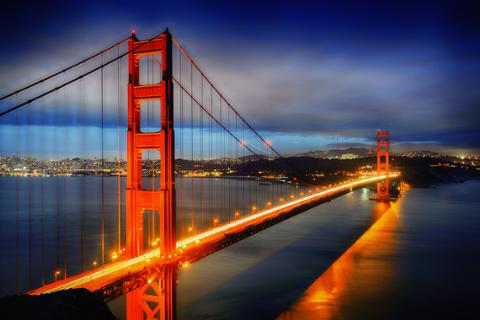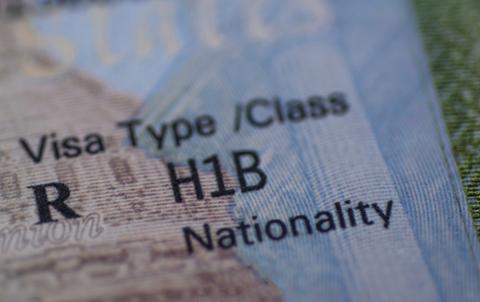In recent years, the Trump administration has required that employers utilizing the H-1B visa reveal whether those H-1B workers will end up working at third-party worksites. This transparency was potentially a big deal in the constant push-pull between advocates and critics of the visa—but now it looks like a new legal ruling will reverse a key element of it.
The U.S. District Court for the Northern District of Georgia ruled on May 20 that a 2018 policy memo by USCIS (United States Citizenship and Immigration Service) was invalid, and employers don’t need to submit information related to work requirements and where the worker will be based. (Hat tip to Bloomberg Law for the link to the decision.)
The original USCIS memo justifies the original need for that information by pointing to potential employer abuses. “USCIS recognizes that significant employer violations—such as paying less than the required wage, benching employees (not paying workers the required wage while they wait for projects or work) and having employees perform non-specialty occupation jobs—may be more likely to occur when petitioners place employees at third-party worksites,” it read. “Therefore, in order to protect the wages and working conditions of both U.S. and H-1B nonimmigrant workers and prevent fraud or abuse, USCIS policy should ensure that officers properly interpret and apply the statutory and regulatory requirements that apply to H-1B petitions involving third-party worksites.” (Those “requirements” being the aforementioned documentation.)
Meanwhile, the DOL’s Form ETA-9035 & 9035E (PDF) (applying to H-1B, H-1B1, and E-3 applicants) requires that employers cite whether workers “will be placed with a secondary entity at this place of employment.” If the answer is “yes,” the employer must provide the legal business name of the “secondary entity,” along with the wage rate it pays nonimmigrant workers, and the prevailing wage rate.
But this new court decision argues that USCIS doesn’t need “evidence with that level of micro-granularity” in order to ensure that an employer meets “its burden of showing non-speculative employment, service in a specialty occupation, and the regulatory requirement of an itinerary.”
The decision added: “Because the Court finds nothing in the statute or regulations requires a "detailed itinerary" setting forth everything the prospective visa beneficiary will be doing day by day for three years, there was no interpretive basis for the Agency to suggest that such information is necessary or advisable in most cases to include in connection with an H-1B petition.”
A DOL dataset of H-1B visa applications, released late last year and tabulating FY2019, showed that a large number of companies relied on H-1Bs as “secondary entities” or subcontractors. Some of the biggest tech companies, including IBM, Google, and Microsoft, sourced hundreds of H-1B workers from business-consulting and subcontracting agencies.
Although this ruling might seem to make things easier for subcontractors, long-term trends have worked against those firms. The federal government’s updated policies have resulted in an increasing H-1B denial rate for consulting and business services companies, according to an analysis earlier this year by the National Foundation for American Policy (NFAP). Take a look at the following chart, where it’s clear that these firms have experienced, over the past four years, a skyrocketing change in denial rates versus traditional tech firms:
(Dice’s separate analysis of USCIS data suggests that the rate of initial H-1B approvals (as well as approvals post-RFE) has crept up slightly after a period of declines.)
Will this new court ruling have a big impact on how subcontractors utilize H-1B workers? While it could prove a factor, it’s clear that denials for many of these subcontracting firms have been rising for some time. In addition, restrictions on travel and immigration related to the COVID-19 pandemic could have a massive impact on H-1B and other visa programs over the next few years.



